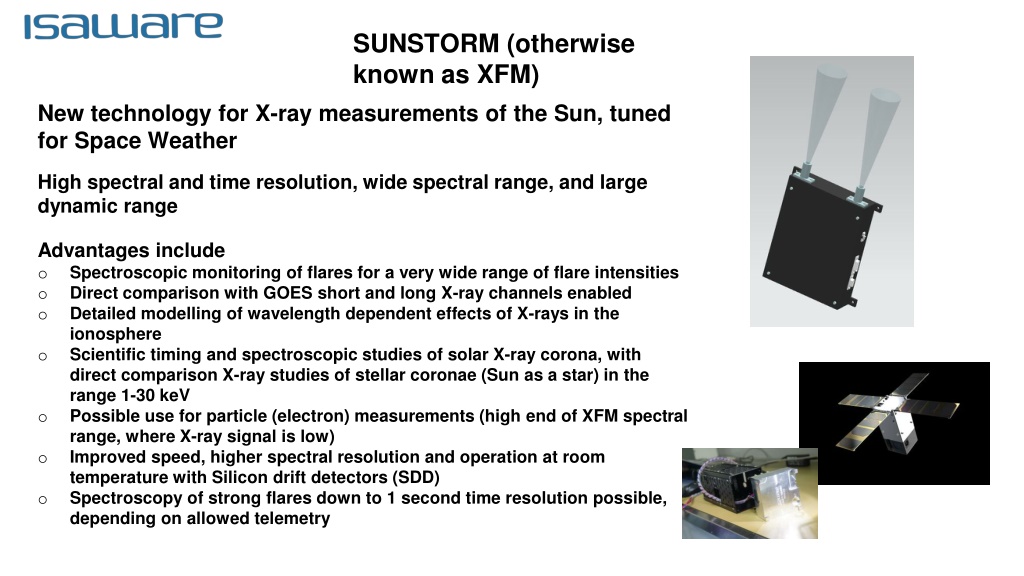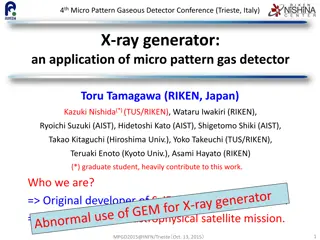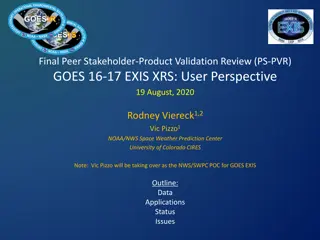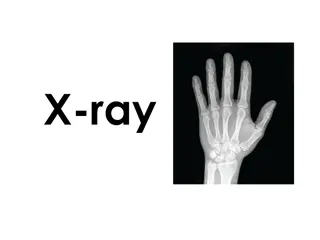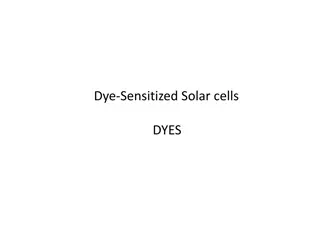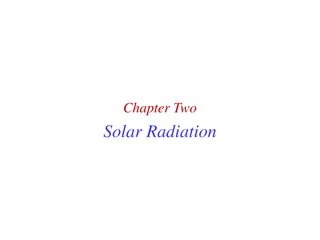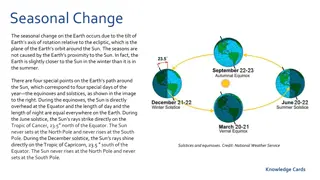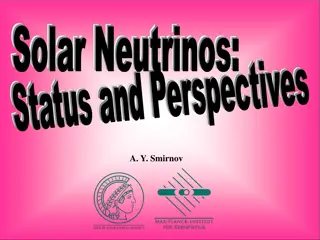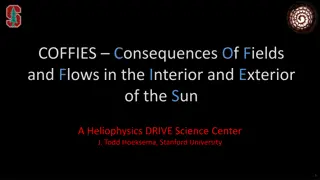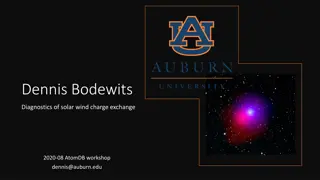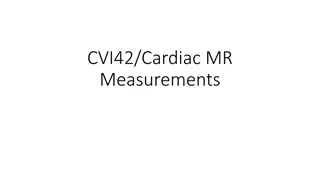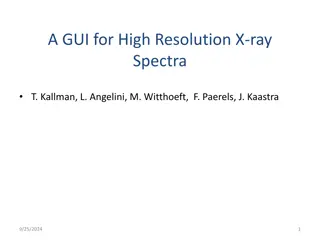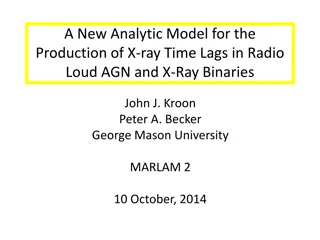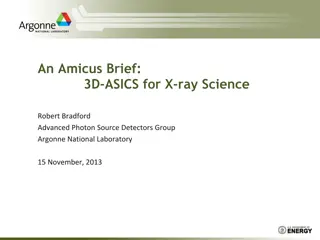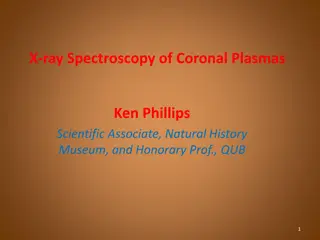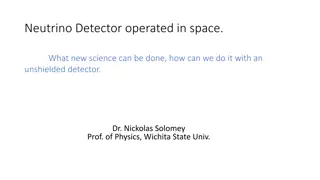SUNSTORM: Advanced X-ray Technology for Solar Measurements
SUNSTORM, also known as XFM, is a cutting-edge technology designed specifically for measuring X-rays from the Sun, tailored for Space Weather monitoring. It offers high spectral and time resolution, a wide spectral range, and a large dynamic range, making it ideal for various scientific studies related to solar X-rays. With advantages such as spectroscopic monitoring of flares, direct comparison with existing X-ray channels, and detailed modeling effects of X-rays in the ionosphere, SUNSTORM opens up possibilities for in-depth solar and stellar corona studies, as well as potential use for electron measurements. The instrument is equipped with Silicon drift detectors for improved speed and spectral resolution, operating at room temperature. Key measurement requirements include monitoring photon flux and measuring X-ray flux within specific wavelength and energy ranges. SUNSTORM comes in different physical configurations suitable for CubeSats and Lagrange missions, offering precise performance metrics for X-ray detection and analysis.
Download Presentation

Please find below an Image/Link to download the presentation.
The content on the website is provided AS IS for your information and personal use only. It may not be sold, licensed, or shared on other websites without obtaining consent from the author. Download presentation by click this link. If you encounter any issues during the download, it is possible that the publisher has removed the file from their server.
E N D
Presentation Transcript
SUNSTORM (otherwise known as XFM) New technology for X-ray measurements of the Sun, tuned for Space Weather High spectral and time resolution, wide spectral range, and large dynamic range Advantages include o Spectroscopic monitoring of flares for a very wide range of flare intensities o Direct comparison with GOES short and long X-ray channels enabled o Detailed modelling of wavelength dependent effects of X-rays in the ionosphere o Scientific timing and spectroscopic studies of solar X-ray corona, with direct comparison X-ray studies of stellar coronae (Sun as a star) in the range 1-30 keV o Possible use for particle (electron) measurements (high end of XFM spectral range, where X-ray signal is low) o Improved speed, higher spectral resolution and operation at room temperature with Silicon drift detectors (SDD) o Spectroscopy of strong flares down to 1 second time resolution possible, depending on allowed telemetry
Key XFM measurement Key XFM measurement requirements requirements I-IRD-XFM-OBS-0020 The XFM instrument shall monitor events with a photon flux in the range from 2x10-8to 2x10-3 W/m2. I-IRD-XFM-OBS-0030 The XFM instrument shall measure X-ray flux in the wavelength range from 0.05 to 0.8 nm. an energy range between 1.55 keV to 25 keV. I-IRD-XFM-OBS-0070 The XFM instrument shall have a sensitivity about 10000 cps at flux level of 10 4W m 2(in the range 0.1 0.8 nm). Courtesy: SWPC/Mark Gibbs
SUNSTORM 1 (X-ray Flux Monitor for CubeSats) Physical properties Mass: 0.6 kg, Dimensions: 10 x 10 x 8 cm3 Power consumption: 1.8 W (normal case), 2.7 W (extreme case) Detector: Si drift detector, 0.6 mm circular aperture, FoV 10 degrees Performance Spectrum resolution: 160 eV @ 6 keV (BOL) Sensitivity: 2.5 cps (A 2 flare), 255000 cps (X10 flare), GOES Long Data Data rate: 75.5 bytes/s (default) Spectrum 1 - 30 keV range, divided in 512 equally spaced channels Integration time: 60 s/spectrum (default, adjustable 1 60 s/spectrum) Flux channels GOES Channel correspondence CH 1: 1000 -1550 eV; CH 2:: 1550-3100 eV; GOES Long: CH2+CH3+CH4 CH 3: 3100 - 6200 eV; GOES Short: CH3+CH4+CH5 CH 4: 6200 - 12400 eV; CH 5: 12400 - 24800 eV; CH 6: 24800 - 30000 eV; Integration time: 1 s Flight Model ready for testing, calibration and integration
SUNSTORM (XFM) for Lagrange missions Physical properties Mass: 2.0 kg, Dimensions: 26 x 20 x 6.5 cm3 Power consumption: 3.7 W (nominal), 4.4 W (with margin) Detectors: 2 Si drift detectors, 0.3 mm & 1.4 mm circular apertures FoV 10 degrees Performance Spectrum resolution: 160 eV @ 6 keV (BOL) Sensitivity: 100 cps (A 2 flare), 170000 cps (X20 flare), GOES Long Data Data rate: 876 bits/s Spectrum 1 - 30 keV range, divided in 512 equally spaced channels Integration time: 60 s/spectrum Flux channels CH 1: 1000 -1550 eV; CH 2:: 1550-3100 eV; CH 3: 3100 - 6200 eV; CH 4: 6200 - 12400 eV; CH 5: 12400 - 24800 eV; CH 6: 24800 - 30000 eV; Integration time: 1 s GOES Channel correspondence GOES Long: CH2+CH3+CH4 GOES Short: CH3+CH4+CH5
